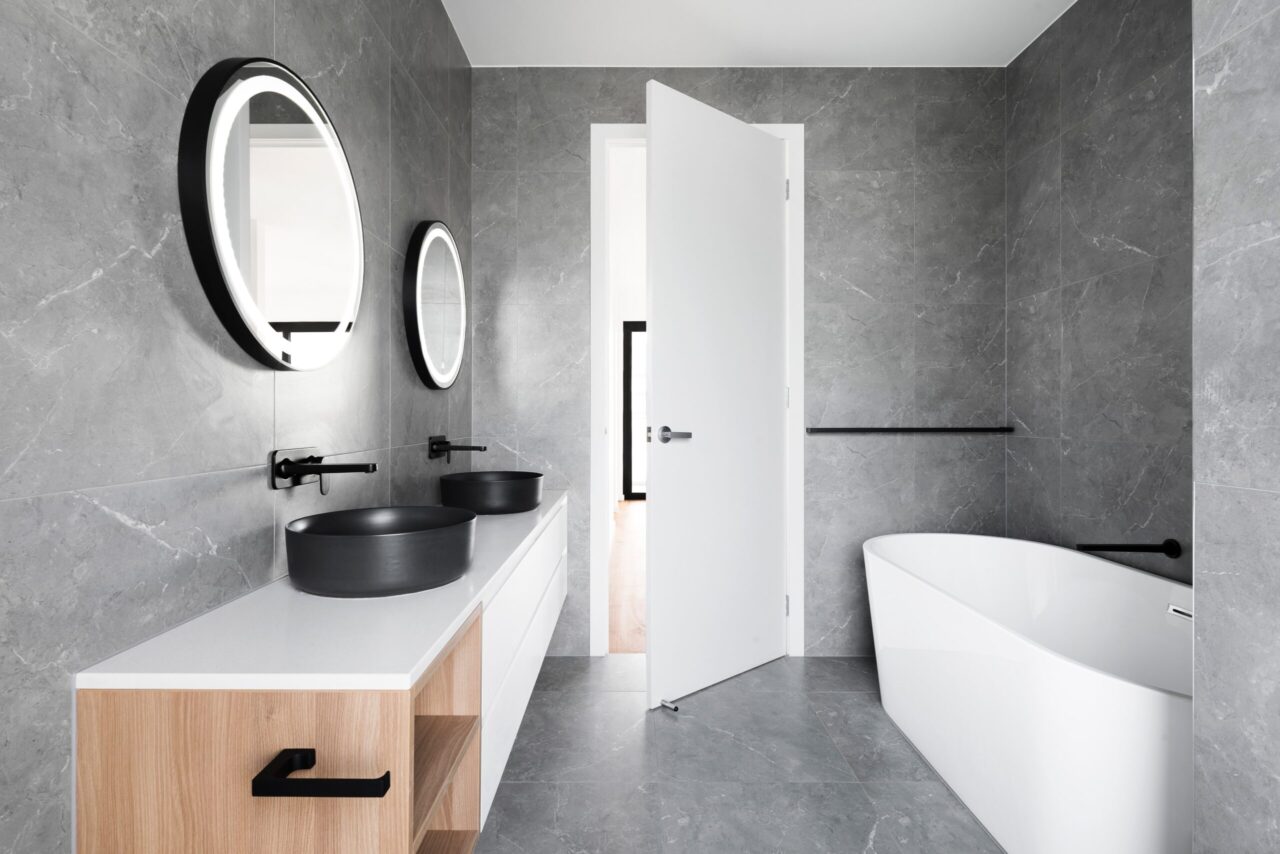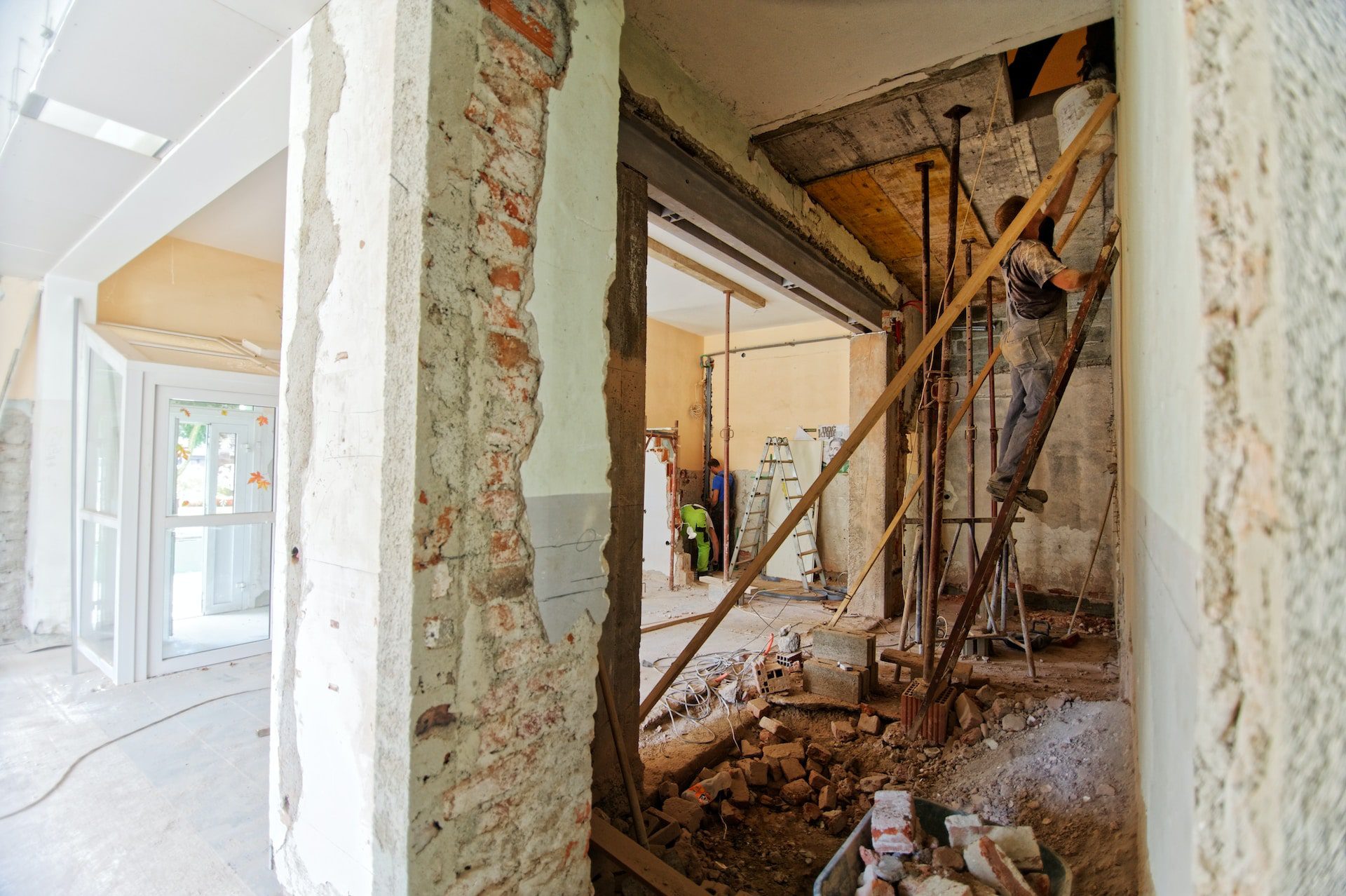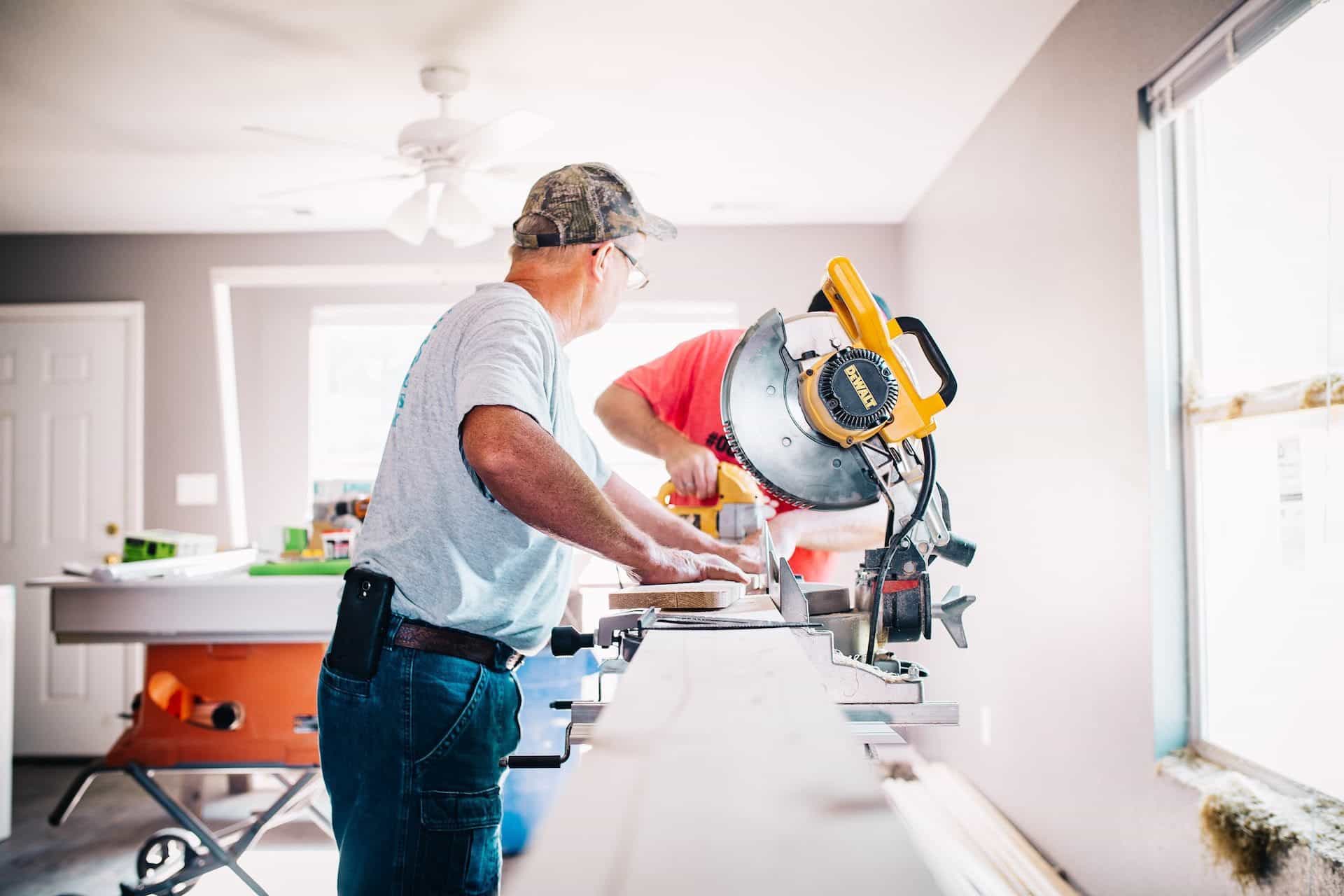Updated: April 5, 2023. Bathroom renovations can be a daunting task no matter how big or small your space is. With a little foresight, planning, and organization, everything can run smoothly. If you’re planning to renovate your bathroom for aesthetic reasons or to add value to your property, here are 10 things you should follow to prepare for your bathroom renovation.
10 Tips to Prepare You for Your Bathroom Renovation
1. Do Some Research about Your Remodeling
First, you’ll need to decide whether you’ll be doing the job yourself, hiring a professional Mississauga bathroom renovation and plumbing company, or doing both.
While some homeowners are confident in their abilities to paint walls and lay flooring, they often prefer to hire a professional plumber to install fixtures like toilets, bathtubs, showers, and sinks.
Regardless if you’ll DIY or hire, it’s important to research everything you need to know before diving headfirst into a renovation. Doing your homework is one of the best ways you can figure out how you want your bathroom to turn out. You can watch videos on YouTube or TikTok about bathroom remodeling to see the first-hand experience from people who have done it before.
If you’ve never had any experience with remodeling or construction, now’s a good time to immerse yourself. Don’t worry, you don’t have to be an expert. However, having surface knowledge can at least help you know what to ask a contractor when you start looking for one.
2. Create a Timeline
The first order of business is to establish a realistic timeline for the bathroom renovation.
The time required for each type of redesign can be roughly estimated as you learn more about various design options. Getting a more accurate estimate of how long a project will take will help you with budgeting and planning. Have a reasonable schedule for the renovations before you get started.
When you factor in the time that plumbers, cabinetmakers, carpenters, tile installers, and electricians will need to set aside to work on your project, the construction timeline can quickly become unstable. One person’s tardiness can disrupt the entire schedule.
If you’re hiring a designer or if your contractor has a designer or supervisor, don’t hesitate to talk to them about your timeline and lead times. Factor in the time it takes for things like sinks, tubs, toilets, lighting, counters, cupboards, and flooring to be delivered once an order has been placed.
Readily available products, as opposed to those that need to be manufactured or imported, are the best option if you’re in a hurry. Your designer may advise you on which contractors and products will meet your deadlines and which will cause delays.
3. Draft a Project Budget
Make a budget for yourself with all costs broken down into separate categories and a master budget to keep track of everything. It’s common to place a bathroom’s fixtures like the washbasin, shower, and toilet all in one area.
More space may be allotted for lighting and ornamental flourishes like mirrors and gilding. You should prepare for any unforeseen circumstances that may arise throughout the renovation by budgeting as much as feasible.
If you put some thought into it beforehand, you can avoid accidentally spending twice as much on a remodel.
The project budget should include all costs associated with renovating your bathroom for materials, supplies, and labour, such as:
- Flooring
- Cabinets
- Countertops
- Light Fixtures
- Showers
- Bathtubs
- Toilets
- Paint and Painting Supplies
If you are hiring a professional contractor to do some or all of the work, remember to include the cost of labor into your project budget. Most plumbing and bathroom renovation companies will provide you with a free quote detailing the estimated number of hours needed to complete the work.
4. Find Inspiration Online and In-store
Developing a design scheme that you like requires drawing inspiration from other sources. Although there is logic to other bathroom layouts, you may find that many of their features clash with your personal preferences. That’s why it’s important to gather ideas from various places to develop a cohesive aesthetic between your bathroom and the rest of your house.
Pinterest is a great place to find design inspiration. You can also visit a showroom while looking for new bathtubs or showers for your bathroom. You can use this time to plan out how fixtures will fit into your bathroom.
Make sure you have enough room to move around in the shower while standing up. Just try sitting in the tub to get a feel for it. If your bathroom is on the smaller side, a deeper tub is preferable over a larger one. Consider tubs with lower sides that make getting in and out of the bath and shower easier if you have mobility issues. If your bathroom is very roomy, you might want to think about installing a Jacuzzi tub.
Bathroom storage can be improved by making use of the space between wall studs and supports. You can install recessed cabinets and shelving in this space. You can get rid of the sink and its cabinet and replace it with a pedestal sink instead, saving valuable floor space.
5. Talk about the Construction Process with Your Contractor
A designer with experience will be able to aid you with the little things. Before beginning a renovation project, it’s a good idea to get professional advice from both a contractor and a designer or decorator. In a nutshell, they can help you determine what is and isn’t feasible about your design ideas.
Prioritize your health and safety during the renovation.
Have a conversation with your contractor about dust control by inquiring about plastic sheeting and daily cleanup. Ask about the measures they will take to safeguard the flooring and carpeting in the hallway. Determine where materials will be staged and get them ready by cleaning them out and covering the floors and any remaining furniture.
6. Consider Going Green
Water and energy consumption from everyday use of a bathtub or bathroom can add up quickly. During a renovation, you may want to take stock of your appliances and determine which ones may be swapped out for more eco-friendly models.
About 75% percent of a typical Canadian house’s water consumption occurs in the bathroom. Installing water-saving devices like low-flow taps, showerheads, and ultra-low flush toilets can drastically cut down on the amount of water your household wastes each day.
Additionally, behind the air conditioner, the water heater uses the second-most energy in a typical home. Energy Star models reduce utility expenses by consuming less energy than conventional heaters. If you want hot water just when you need it, a tankless water heater is a terrific option. Heat-pump water heaters are another eco-friendly choice because they transfer heat from one location to another rather than producing it.
7. Plan Your Bathroom Schedule and Strategy During Construction
Keep the number of passers-by to a minimum throughout the renovation — especially if you have kids. This is why it’s important to map out access points in advance so that people don’t bump into each other.
Plan out everyone’s toilet breaks ahead of time.
Consider everyone’s typical restroom routine. The mornings tend to be the busiest, so getting up earlier than usual to ensure that everyone has enough time and hot water to get ready may be necessary. You might take turns getting up as the sun comes up and construction starts again.
8. Sort and Organize Items in the Bathroom
Before the actual construction for your bathroom renovation starts, make sure your cabinets are cleared. You might find that there are some things that you’ve already forgotten to use or throw away, so prepare a trash bin and some boxes and start organizing.
Throw away unwanted items in one container and recyclables in another. For everyday items, make sure to place them in the same box or container and store them where you can easily access them without going near the construction area.
9. Remove Fixtures You Want to Replace (Optional)
If you don’t have a knack for construction or you’re not a plumber yourself, you might want to skip this part because you might rack up your budget if you DIY this part. The point of removing some of the fixtures yourself is to save some time and budget for the construction process. Here are some of the fixtures you can remove by DIY-ing or leaving it to the professionals:
Toilets
Help from an expert is recommended. Difficulty level: moderate. While the toilets themselves are simple to set up or take down, the plumbing connections are where most homeowners need to call in a pro.
Sinks
DIY-able with moderate difficulty. DIYers have the option of installing a sink. However, the level of difficulty typically varies according to the model. Yet, in most cases, you can do it yourself without too much trouble.
Lights
DIY with a low level of difficulty. Locate the screws holding the light to the wall and unscrew them to remove the fixture.
Bathtubs
Doing this without expert help is inefficient. Tubs are a significant investment and should be treated with care. Bathtubs are particularly dangerous because of their weight and the potential for injury or property damage if they are not handled properly.
Fixtures
Mirrors, towel racks, and shelving are a few examples of other fixtures that can be simply altered without the help of a professional.
10. Have a Backup Plan
Always have a fallback plan in case your first bathroom renovation strategy fails. At some point, things will go wrong with your project, so it’s crucial to have a flexible budget in case this happens. It’s wise to be ready for a range of potential delays, such as extended remodel schedules, delayed materials, and even weather-related cancellations.
Redesigning your bathroom can give your home a new lease on life and provide you with a clean slate on which to display your design skills. Do your homework and map out your remodel’s details before diving in to avoid problems down the road.



